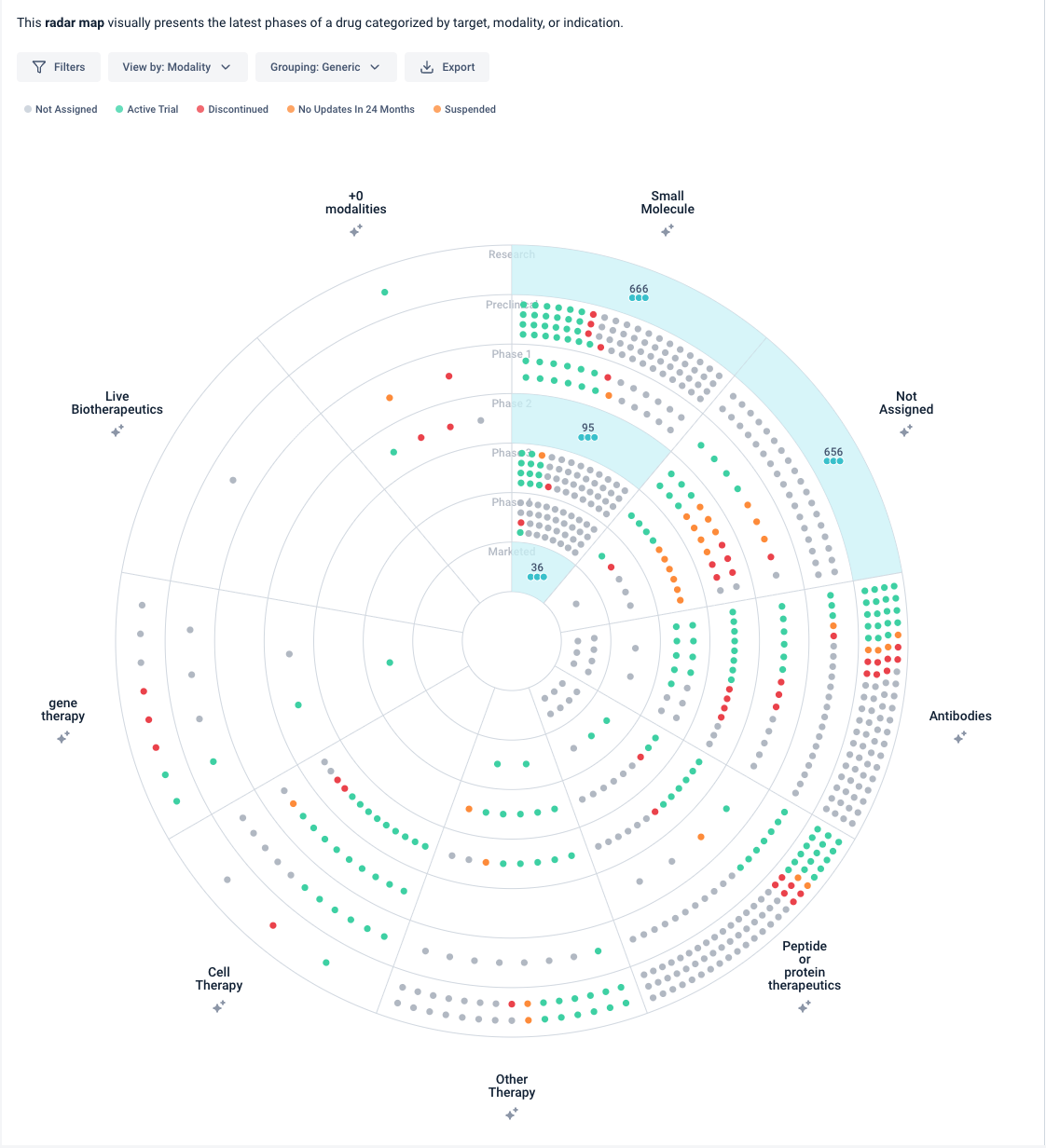Unlocking new therapeutic horizons: How researchers accelerate drug repurposing with Causaly
Unlocking new therapeutic horizons: How researchers accelerate drug repurposing with Causaly
Challenges
For clinical development teams, drug repurposing is one of the most effective ways to bring new therapies to patients faster. But identifying new indications for existing compounds requires scanning the biomedical landscape for diseases with unmet needs, identifying plausible target–disease links, and gathering strong, contextual evidence to justify the investment.
A leading biopharmaceutical company sought to explore whether one of its approved oncology assets could be repurposed for immunological conditions. Their objective was to uncover and validate new therapeutic opportunities quickly while maintaining the highest standards of scientific rigor and transparent evidence trails.
How Causaly Helped

The solution
Using Causaly Agentic Research, the research team began by mapping the mechanism of action for their molecule, a BTK inhibitor originally developed for B-cell malignancies. Within minutes, they identified mechanistic evidence linking BTK inhibition to inflammation, immune regulation, and autoimmunity, revealing potential relevance beyond oncology.
Disease pathways
With Causaly BioGraph, the team visualized how BTK connects to a wide range of diseases. This exploration revealed Multiple Sclerosis (MS) as a particularly compelling indication, supported by evidence demonstrating BTK’s involvement in immune cell activation and CNS inflammation.


Understanding the Clinical Landscape
By assessing evidence strength, publication recency, and relationship types directly within Causaly, the team refined and validated hypotheses in real time, significantly accelerating the assessment process.
Indication prioritization
To build a robust clinical development strategy, the team needed to understand the competitive and clinical landscape. Using Causaly Pipeline Graph, they rapidly identified active programs, therapeutic saturation, and areas of high unmet need.
This strategic visibility informed indication prioritization and portfolio positioning, revealing whitespace opportunities where the compound had the potential to offer a differentiated clinical benefit.


The Impact: From Insight to Clinical Strategy
By integrating Causaly into their workflow, the company unified discovery and development efforts within a single, evidence-driven platform. What previously required weeks of manual literature review was achieved in a fraction of the time, supported by transparent citation trails and real-time data exploration.
The scientists used Causaly Agentic Research to summarize and prioritize findings, and Workspaces to collaborate seamlessly across global teams. The result was a faster and more confident approach to hypothesis generation and clinical decision-making.
Through this streamlined, evidence-based process, the organization built a strong case for repurposing its oncology asset for immunological use, unlocking new therapeutic potential and accelerating the path from insight to clinical strategy.
It would be possible to browse the literature manually, but you can imagine the number of products I am responsible for and the amount of papers I would need to review, either industry-sponsored studies or pilot studies conducted by physicians. All this data is retrieved by Causaly, and I can filter and sort based on quality of evidence.


Get to know Causaly

What would you ask the team behind life sciences’ most advanced AI? Request a demo and get to know Causaly.
Request a demo

.png)